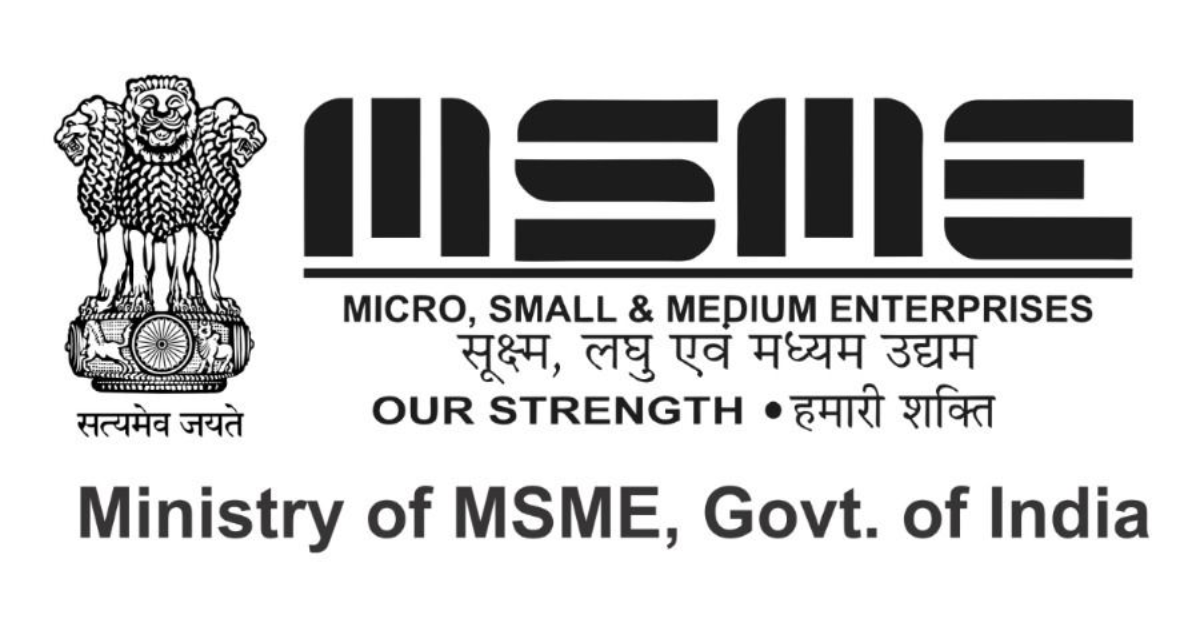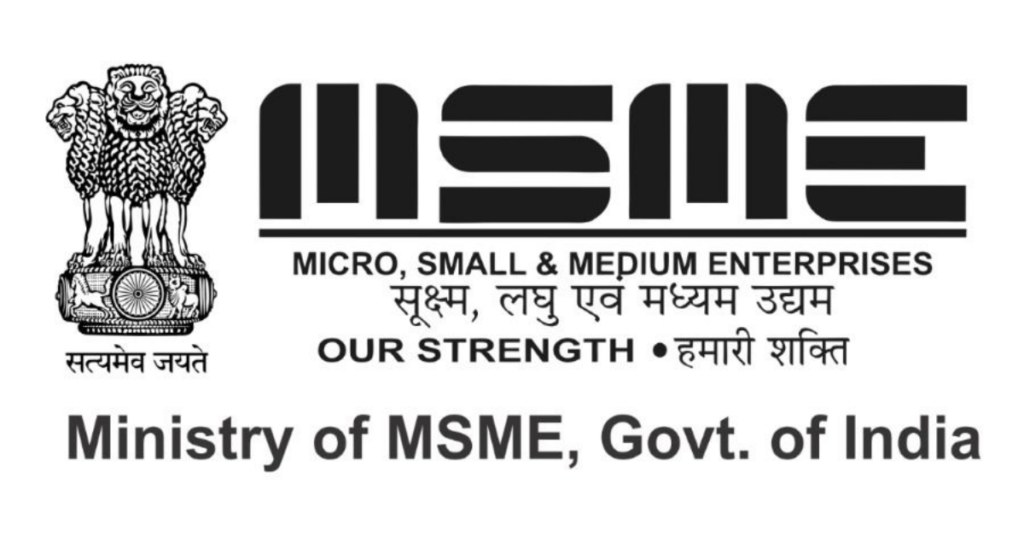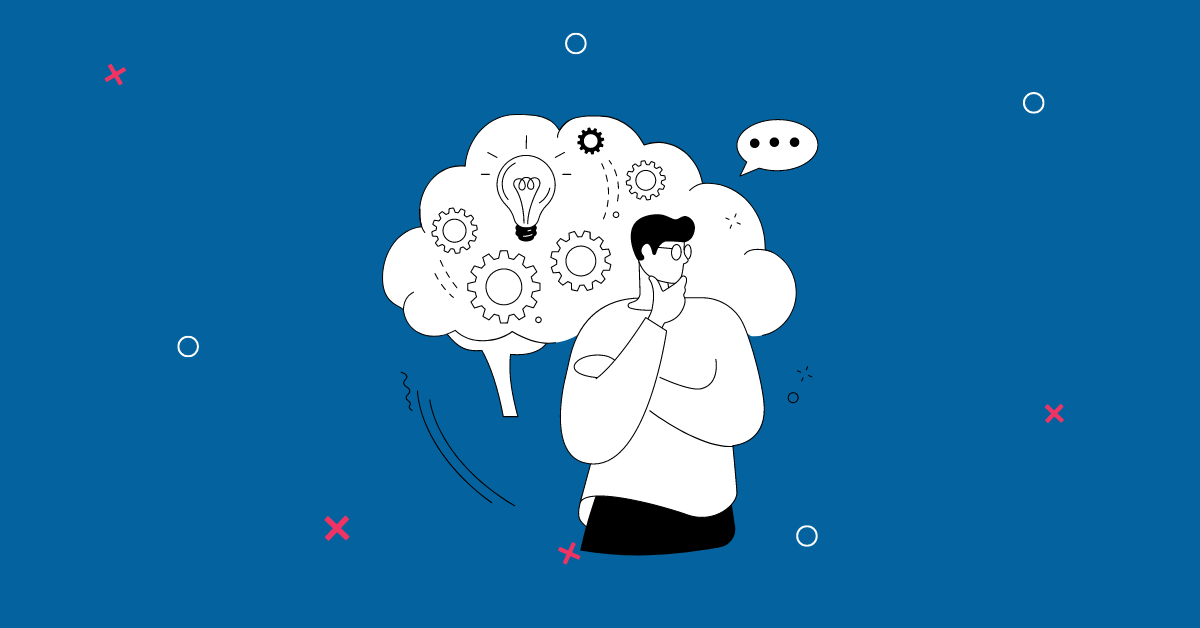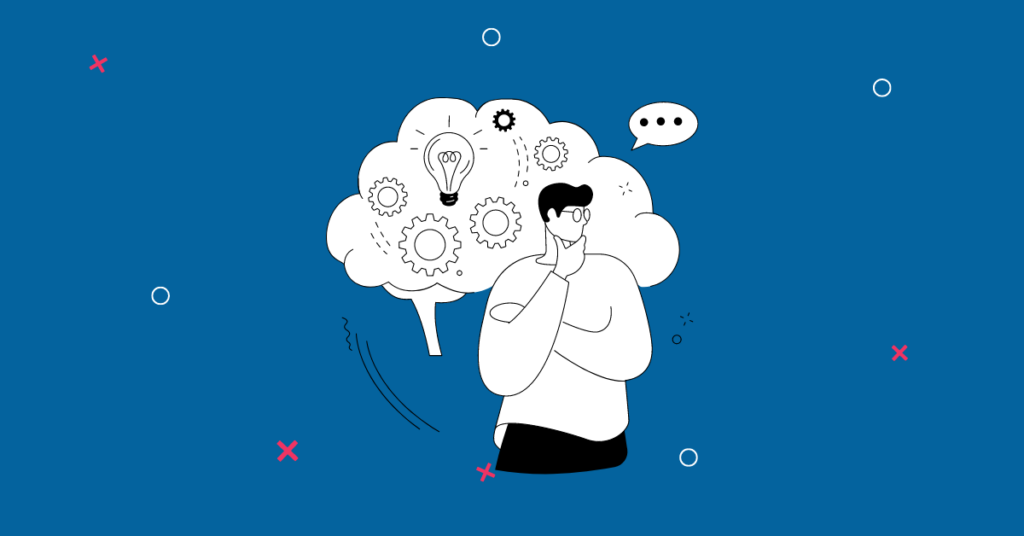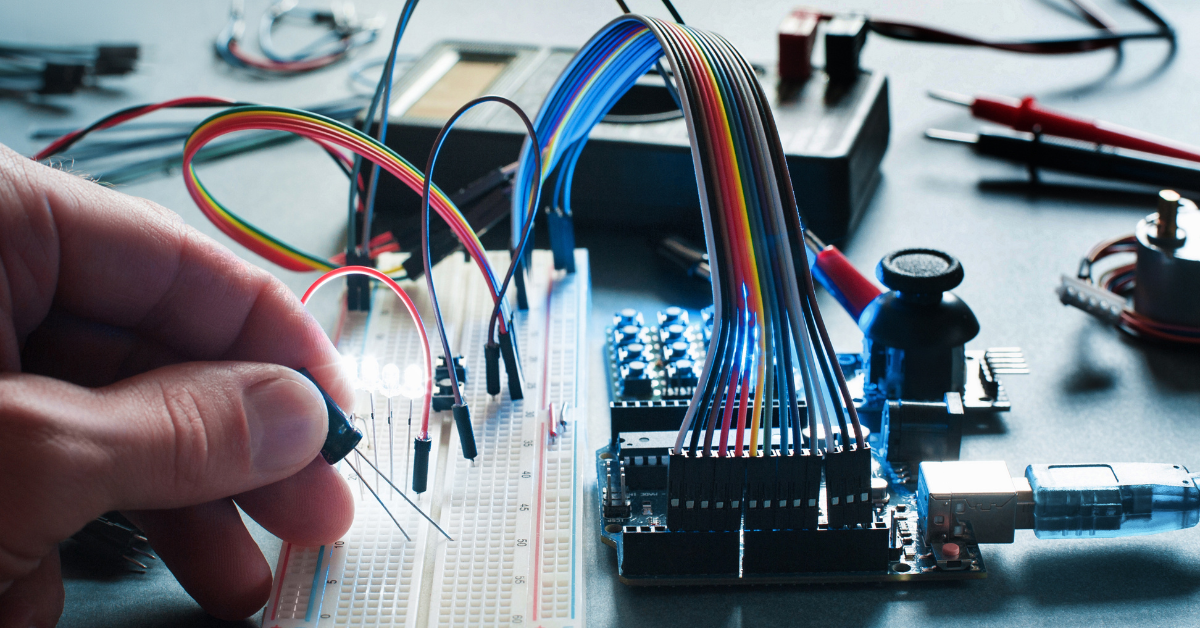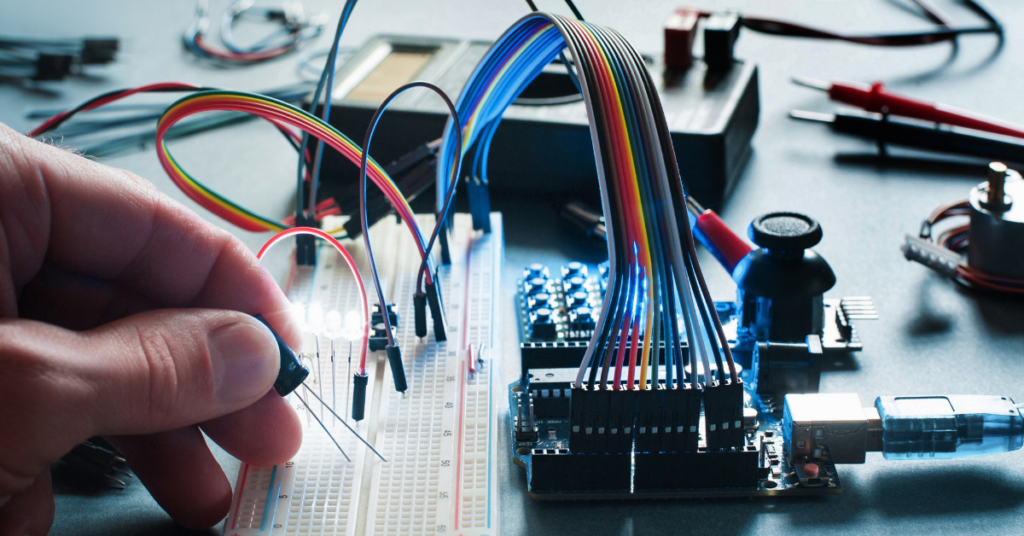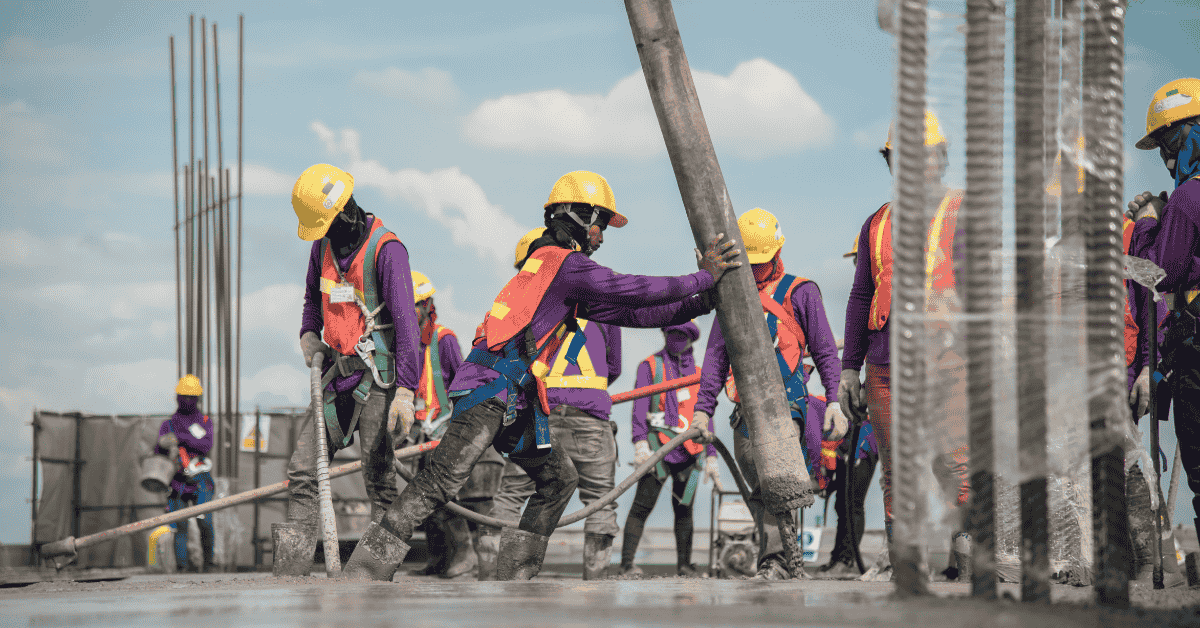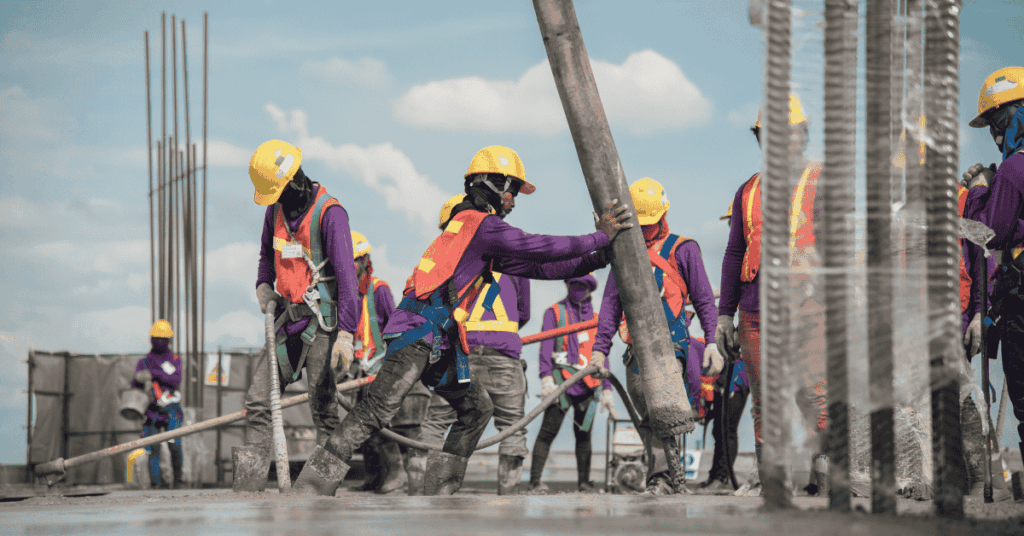
Union Education Minister Dharmendra Pradhan inaugurates agricultural technology centre in Meerut
Union Education Minister Dharmendra Pradhan officially opened the Agricultural Technology Innovation Centre at Sardar Vallabh Bhai Patel Agricultural University in Meerut. The inauguration underscores the government’s commitment to transforming farmers into successful entrepreneurs within the agriculture sector. The focus of the centre is to promote technology for the betterment of the farming community.
Union Minister Pradhan highlighted the crucial role of Artificial Intelligence (AI) in doubling farmers’ income and ensuring they receive fair prices for their produce. He specifically mentioned IIT Ropar’s leadership in the Centre of Excellence for AI in Agriculture, indicating a strong push for technological innovation in the sector.
Further supporting skill development among farmers, Mr. Pradhan announced the establishment of a Skill Development Centre at the university. This centre aims to boost farmer-focused research and encourage the creation of agricultural technology startups, fostering a vibrant ecosystem of innovation.
The event saw the attendance of Union Ministers Jayant Chaudhary and Surya Pratap Shahi. Mr. Chaudhary commended the collaboration between IIT and the Agriculture University, emphasizing that innovation would now directly reach farms, leading to a tangible and positive impact on the lives of farmers in Meerut and surrounding areas. This marks a significant step in bringing cutting-edge agricultural technology to the grassroots level.
Centre’s Key Objectives
The Agricultural Technology Innovation Centre in Meerut has several key objectives aimed at revolutionising the agriculture sector. A primary goal is to facilitate the seamless transfer of cutting-edge agricultural technology from research labs to the fields. This ensures that farmers can readily adopt new methods and tools to improve their productivity and efficiency.
Another crucial objective is to promote the use of data-driven insights in farming practices. By leveraging data analytics and AI, the centre seeks to provide farmers with real-time information on soil health, weather patterns, and crop diseases. This enables them to make informed decisions regarding irrigation, fertilisation, and pest control, optimising resource utilisation and minimising losses. Union Minister Pradhan believes that this data-centric approach will be transformative for the farming community.
Furthermore, the innovation centre aims to foster collaboration between researchers, agricultural technology startups, and farmers. By creating a platform for knowledge sharing and networking, the centre hopes to accelerate the development and adoption of innovative solutions tailored to the specific needs of the region. This collaborative environment is essential for driving sustainable growth and enhancing the competitiveness of the agriculture sector in Meerut and beyond.
The centre also prioritises skill development and capacity building among farmers. Through targeted training programmes and workshops, the centre will equip farmers with the necessary skills to operate and maintain new technologies effectively. This ensures that farmers are not just passive recipients of technology but active participants in its deployment and improvement. This emphasis on skill development is crucial for ensuring the long-term sustainability of the agricultural technology revolution.
Technology On Display
During the inauguration, a range of agricultural technologies were showcased, highlighting the potential impact on local farming practices. These included advanced drone systems for crop monitoring and spraying, precision irrigation systems that optimise water usage, and soil sensors that provide real-time data on nutrient levels. The exhibition aimed to demonstrate how these technologies can help farmers improve yields, reduce costs, and minimise environmental impact.
One of the key highlights was a demonstration of AI-powered agricultural robots designed for tasks such as weeding and harvesting. These robots use computer vision and machine learning to identify and selectively remove weeds, reducing the need for manual labour and chemical herbicides. Similarly, harvesting robots can efficiently pick ripe fruits and vegetables, minimising damage and reducing post-harvest losses. Union Minister Pradhan showed keen interest in the agricultural technology, interacting with the experts present.
Visitors also had the opportunity to explore various digital platforms designed to connect farmers with markets and provide access to financial services. These platforms enable farmers to sell their produce directly to consumers, bypassing intermediaries and increasing their profits. Additionally, they offer access to loans, insurance, and other financial products tailored to the needs of the agricultural community. The innovation centre aims to facilitate the adoption of these digital solutions to improve market access and financial inclusion for farmers in Meerut and surrounding regions.
The showcased agricultural technology also included demonstrations of improved seed varieties and organic farming methods. These innovations aim to enhance crop resilience, reduce dependence on chemical inputs, and promote sustainable agricultural practices. Farmers were particularly interested in learning about the potential of these technologies to improve soil health and reduce the environmental footprint of their farming operations. The inauguration event provided a valuable platform for farmers to interact with experts and learn about the latest advancements in sustainable agriculture.
Impact On Local Farmers
The establishment of the Agricultural Technology Innovation Centre in Meerut is poised to bring about significant changes in the lives of local farmers. Farmers in the region can anticipate increased access to cutting-edge agricultural technology, empowering them to enhance their productivity and profitability. The centre will serve as a hub for knowledge dissemination, providing farmers with the training and resources needed to effectively utilise new techniques and tools.
With the innovation centre’s focus on AI and data-driven farming, farmers can expect to make more informed decisions about their crops. Access to real-time data on soil conditions, weather patterns, and pest infestations will enable them to optimise resource allocation and minimise losses. This precision agriculture approach promises to boost yields and improve the overall efficiency of farming operations in the Meerut region.
Furthermore, the centre’s emphasis on collaboration between researchers, startups, and farmers is expected to foster a culture of innovation and entrepreneurship within the agricultural community. Local farmers will have the opportunity to engage with experts, share their experiences, and contribute to the development of solutions tailored to their specific needs. This collaborative ecosystem is essential for driving sustainable growth and enhancing the competitiveness of the agriculture sector.
The Skill Development Centre, announced during the inauguration by Union Minister Pradhan, will play a crucial role in equipping farmers with the skills needed to operate and maintain new technologies. This will ensure that farmers are not merely passive recipients of technology, but active participants in its deployment and improvement. This emphasis on skill development is essential for ensuring the long-term sustainability of the agricultural technology revolution in Meerut.
Ultimately, the Agricultural Technology Innovation Centre aims to empower local farmers to become more resilient, sustainable, and profitable. By providing access to the latest agricultural technology, fostering collaboration, and promoting skill development, the centre is expected to transform the agricultural landscape of Meerut and improve the livelihoods of countless farming families. The inauguration of this centre marks a significant step towards a more prosperous and technologically advanced future for agriculture in the region.



